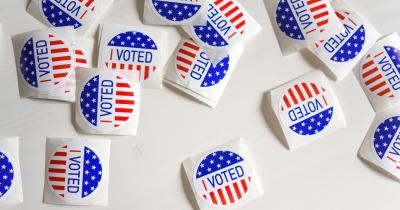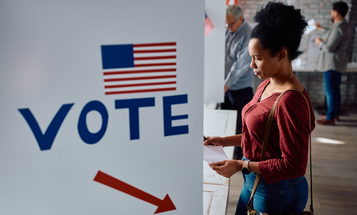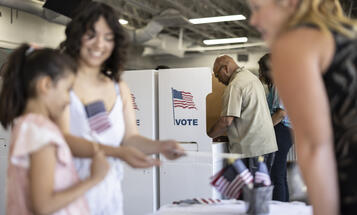
Managing Election Night Expectations
We should think of November 3rd as merely the first of many days of electoral uncertainty while states count every vote. And that is okay.

When we wake up on November 4th, the day following Election Night 2020, we will likely find many more unsettled races than at any time in recent memory. Voters and advocates: it is imperative that we stay calm and be prepared.
We should also remember that this has happened before.
We should also remember that this has happened before. On November 6th, 2018, Americans who went to sleep expecting final outcomes from the prior day’s elections woke up to 27 undetermined Senate, House and gubernatorial races. With the exception of a few outliers, most contests were decided before the end of November.
We should anticipate a range of scenarios that place November 3rd as merely the first of many days of electoral uncertainty. In fact, decision delays may more likely indicate election officials’ determination to count every vote accurately, rather than suggest wrongdoing is taking place. Political media in particular have a duty not to arouse public suspicions by conveying breaking news with the intensity of a brewing March Madness basketball upset.
Polling data indicates that people are anxious about this election. An early October Pew Research survey found that although 90 percent of registered voters believe that the 2020 elections will operate at least somewhat well within their own communities, only 62 percent expect elections to run similarly as well across the country; this latter figure is 19 percent below what was found in 2018 (81 percent). Additionally, while 82 percent of voters believe that it is at least somewhat important that Americans know who won the presidential race within 2 days or less, only half are confident this will actually happen.
Across race, 66 percent of white voters expect voting to be easy, versus 55 percent of Black voters and 60 percent of Latinx voters. These findings likely reflect ongoing developments that hinder the ability to securely cast ballots for many voters of color. COVID-19, which harms Black and Latinx communities at rates higher than whites, could force some of these folks away from the polls. Many states are enforcing discriminatory measures that restrict voters of colors’ access to mail-in voting, and the USPS’s summer of aggressive cutbacks sowed further distrust for these options. Add to these challenges the now garden-variety voter suppression strategies that spiraled following the 2013 repeal of Section 5 of the Voting Rights Act, as well as confusing absentee ballot submission deadlines that vary in each state, and the implications behind why so many Black and brown voters are waiting in lines for hours to vote early become clear: they refuse to have their voices silenced.
The media report; they don’t decide
State-by-state election laws establish official periods to record all valid votes and then certify the outcomes.
As Election Night approaches, it is useful for voters to understand the differences between the vote-counting procedures performed by each state versus the processes major media outlets use to call races. State-by-state election laws establish official periods to record all valid votes and then certify the outcomes. These are the final counts, which usually occur in the days and weeks following Election Day.
Mainstream news outlets, on the other hand, rely on research and on-the-ground data generated by armies of statisticians, pollsters and reporters to create complex mathematical models that predict voter behavior. Through these models contests get called very quickly, in some cases even before precincts actually report their initial numbers. These decisions, however, are subject to change at any point between the time they are announced and a state’s official certification date. This is especially true if the vote margin for a particular race falls within a close enough gap to trigger an automatic recount.
These factors support the claim that political news platforms must check the impulse to sensationalize their 2020 general election commentaries. The 2000 presidential election taught us that it only takes one errant prognostication to arouse panic among an uneasy electorate. Given the fear of rigged elections that have marred so much of this election cycle, we need sober analysis from the press to help keep the public calm.
In a year where “normalcy” exists in rare commodity, the 2020 general election stands to test the uppermost limits of Americans’ patience and faith in our voting systems. But it is a test we can successfully pass. Slower elections results are more likely now than ever before. We must embrace the uniqueness of these times and steel ourselves for a longer wait than usual. The current shifts to our daily ways of life demand that we manage our most impactful institutions even more delicately than the norm. In the case of voting, this means tallying voters’ ballots properly and carefully, every single one of them.





